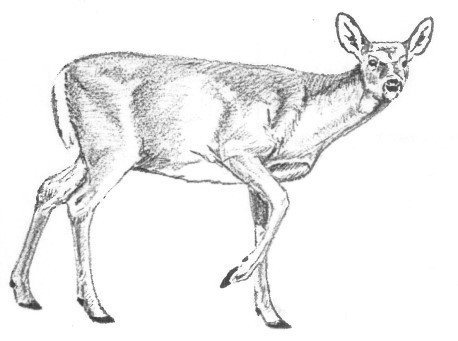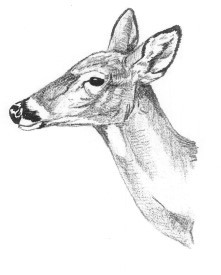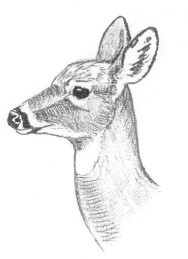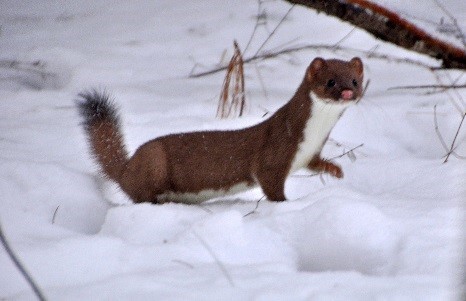Hunting & Trapping Newsletter
The New York State Department of Environmental Conservation sent this bulletin on 10/11/2018 09:09 AM EDT |
| DEC Delivers - Information to keep you connected and informed from the NYS Department of Environmental Conservation |
| Share or view as a web page || Update preferences or unsubscribe |
Hunting & Trapping Newsletter |
||||||||||||||||||||||||||||
How Old is That Deer?It’s that time of year again when the smell of falling leaves and other earthly scents flood the air and trigger the hunter’s instincts. Hopefully, pre-season work of hanging stands, cutting shooting lanes, and most importantly, practicing with the implement of choice, will pay dividends this big game season. An often-overlooked aspect of hunting is being able to properly age and size up one’s prey.
By identifying and passing up shots on yearling bucks this season, hunters improve their odds of seeing older-age, larger bucks in the years to come. Remember, though antlers can be helpful to distinguish young bucks, sometimes antlers can be misleading. Body characteristics are also very important. Here are some good ways to distinguish between yearling bucks and adult bucks:
These bucks from Washington County, NY demonstrate typical age-related differences in body size and antler growth.
Antlerless Deer – Doe or Fawn? It can be difficult to distinguish adult does from fawn deer, particularly late in the season or anytime if the deer are alone. Though fawns provide excellent table fare, some hunters prefer to target adult deer. Taking adult female deer contributes to management objectives, and passing buck fawns may allow some of them to be available later as antlered bucks. By learning the differences between does and fawns, hunters can make more informed harvest choices.
After the Shot Check out DEC’s Guide to Aging Deer in New York to learn how to age deer by looking at their teeth. Hunters Reminded to Forget the Bait, Enjoy the Wait!With the onset of deer season, hunters start to consider ways to improve their odds of success. Unfortunately, some hunters may turn to unethical or illegal practices to gain an edge. Baiting is one such practice. Recently, baiting has become all too common in New York. This is evidenced by the preponderance of deer feeds and mineral supplements that show up at retail stores just prior to deer season, and then quickly disappear after the season ends. Baiting deer is illegal. New York Environmental Conservation Law Section 11-0901 states: “no person shall hunt deer… with the aid of a pre-established bait pile…” So why are products available every season that are illegal to use? Because currently, there is no ban on the sale of these products, some of which have alternate uses for domestic animals. But by providing them in camouflaged bags with pictures of big bucks on the packaging, it is clear who the products are intended for. Here are some things to consider before purchasing deer bait:
The public is generally supportive of hunting when hunters observe fair chase principles. Baiting deer (or other wildlife) casts hunters and hunting in a negative light, which has the potential to reduce public support for hunting. Ethical hunters are the best advocates for their sport. The biggest “trophy” is knowing that a hunter “did it right.” Forget the bait; enjoy the wait! Furbearer Management Updates
If you are interested in current research and management of New York’s suite of furbearers like otter, fisher and bobcat, take a look at the “New York Furbearer Update. The current issue highlights snowshoe hare research, fisher and bobcat age distribution, and fisher and otter surveys. Please see DEC's Trapping page for more information.
Hunter SafetyWith several hunting seasons underway, DEC is reminding hunters to put safety at the forefront of their actions this fall when going afield. For information on important hunter safety tips, please visit DEC's website, and watch a video about hunter safety and tree stand safety. |






